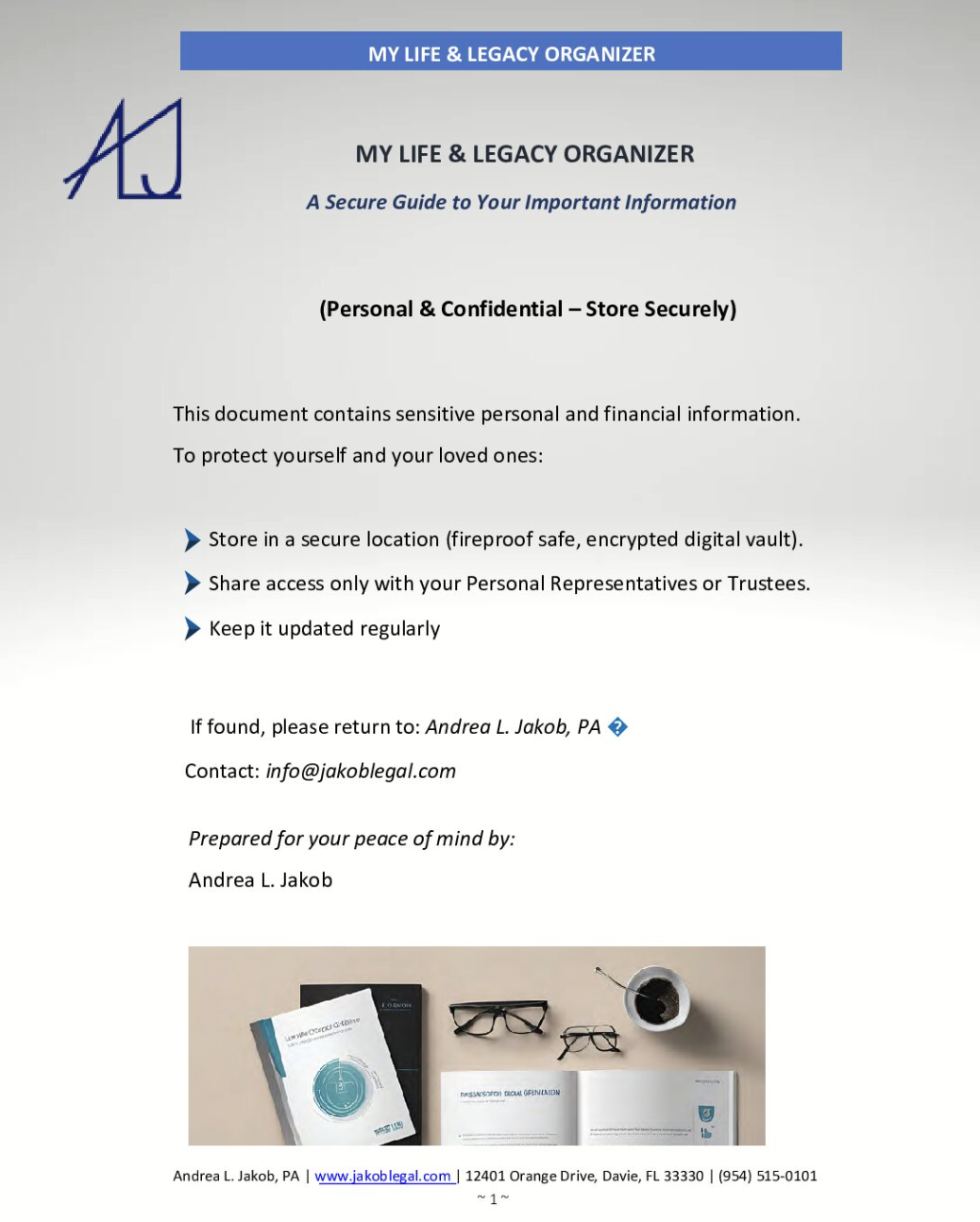In today’s digital world, most of us leave a trail of memories, messages, and milestones online. Whether it’s Facebook posts, Instagram photos, YouTube videos, or Gmail accounts—our digital footprint is real. But what happens to all of this when we’re no longer here?
What Happens to Your Social Media When You Die?
A client recently asked me this exact question. It’s such an important topic that I wanted to share the answer with anyone who may be wondering the same.
A complete estate plan should protect not only your physical property and finances—but also your digital life. Florida has even passed a law to help families access these accounts (more on that below). Let’s explore what that means and what steps you can take today.
Why Social Media Should Be Part of Your Estate Plan
Social media accounts aren’t just for sharing updates—they hold real value:
- Family photos
- Private messages
- Business communications
- Personal stories and milestones
If no plan is in place, these digital assets could be locked away forever or managed in ways you never intended.
I’ve personally experienced the heartbreak of seeing reminders for friends who passed away—receiving birthday notifications or seeing their faces pop up unexpectedly online. It’s a reminder that unless we plan, our online presence can linger in ways that may hurt those we love.
What Happens to Accounts on Each Major Platform?
Here’s a quick look at how the most common platforms handle accounts after someone dies:
Facebook (Meta)
Facebook allows you to:
- Appoint a Legacy Contact who can manage limited parts of your account
- Choose to have your account deleted after death
- Memorialize your account to freeze it in place
Legacy Contacts can update photos, post announcements, and download a copy of your content (if you gave permission before death).
Instagram also offers memorialization. However:
- No one can manage the account once it’s memorialized
- Content stays visible depending on your privacy settings
- You’ll need to provide a death certificate to initiate this
Want your account removed entirely? You’ll need to plan ahead.
X (formerly Twitter)
X doesn’t memorialize accounts. Instead:
- Family or legal representatives must request deactivation
- You’ll need to provide ID, the Twitter handle, and a death certificate
It’s a longer process—planning ahead is key.
LinkedIn allows a request for profile removal. You’ll need:
- The profile link
- Your relationship to the deceased
- The date of death and supporting documents
This is especially important if the deceased used LinkedIn professionally.
Google (Gmail, Drive, YouTube, etc.)
- Inactive Account Manager lets you choose what happens if you’re inactive
- Decide who can access your content and when
- Google accounts often require 2-step verification—someone will need access to your phone!
Florida Law Makes Digital Asset Access Possible
Florida’s Fiduciary Access to Digital Assets Act (Title XLII, Chapter 740, Florida Statutes) gives your personal representative, trustee, or power of attorney the right to access your digital property—but only if you give written authorization in your estate plan. At Andrea L. Jakob, PA, we ensure your Florida estate plan includes clear, legal permission for loved ones to access your social media, email, cloud storage, and digital devices. We

